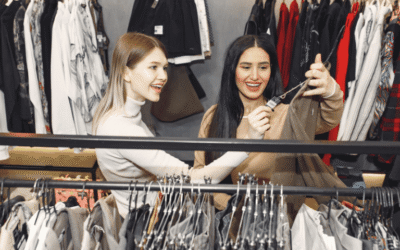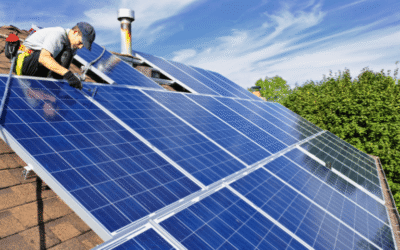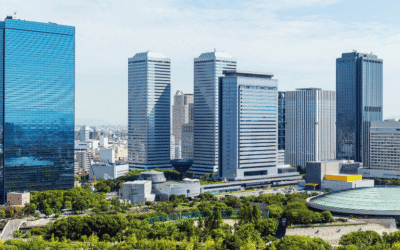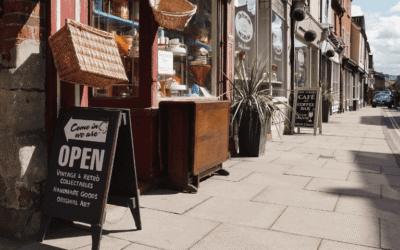It’s not uncommon for industrial facilities to require an escort through the walkthrough. Safety is paramount, so create a plan in advance. Your plan should include safety training for the escort. It may also require mandatory safety equipment. For example, steel-toe boots, fully enclosed safety glasses, and a hard hat.
Lighting Upgrade for Industrial Spaces Considerations
Industrial facilities are often more difficult to retrofit with some common options. New fixtures may not always fit with existing mounting. Obstructions and replacement costs can also affect the industrial LED lighting upgrade. It’s why you want to consider your space before starting a lighting retrofit.
Hazardous Locations – Heavy-Duty Enclosed Fixtures
Enclosed heavy-duty fixtures in hazardous locations typically use HID lights. These light sources are expensive to maintain, and you do not always know the wattage. The fixture’s label is often difficult to read and not all facility managers know the wattage of the various fixtures. You can estimate the wattage by the housing’s size, but it’s not always exact.
Location and access to the fixtures are other considerations. In tight areas linear fluorescent tubes are not practical. However, LEDs are long-lasting, energy-efficient, and are a great option in hazardous locations.
In our blog, An Introduction to Hazardous Location Lighting, we cover everything you need to know from what locations are considered hazardous, who need this type of lighting, to the different types of hazardous location lighting. Read the full blog here.
Channel – Strip Fixtures
These fixtures are inexpensive and versatile. However, they also come in multiple wattages and their high mounts can make it difficult to tell the precise wattage. A common use for channel fixtures is task lighting and that makes it critical to get the lamp wattage right.
One way is to look for the part number on the lamp. You may need a magnifier to see the tiny etching. Refitting the 8’ lamp with a 4’ T8 fixture can simplify the lighting upgrade project. It also gives you the chance to add lenses, sensors, reflectors, and other accessories.
You can find multiple manufacturers that make LED strip fixtures in various lumen outputs, making them effective replacements.
High Bay Enclosed Fixtures
High Bay enclosed fixtures are available in a range of sizes, but a lot of them use HID lamps. Along with using more energy than LED high bay fixtures, HIDs experience a noticeable diminishment in light output within the first two years.
Think about the location and access for these fixtures when you’re considering placement. LEDs last longer than HIDs and are an energy-efficient option for high-bay fixtures. Even when the fixture is difficult to access.
Wall Pack Fixtures
Available in multiple sizes, wall pack fixtures use a compact fluorescent or HID light source. The fixtures are commonly used for exterior lighting at industrial sites. It’s not always easy to determine the wattage, and size isn’t a factor. Different-sized fixtures can have the same wattage. It’s vital to know the wattage before deciding on replacement options. However, most industrial facilities choose LEDs for their long life and energy-saving properties.
Lighting Controls
Some industrial facilities have areas that are not always in use like break rooms, storage areas, and conference rooms. Document these areas during your initial walkthrough. These are spaces that will benefit from LED lighting controls.
Occupancy and daylight sensors are the most commonly employed controls in industrial settings. Occupancy sensors only turn the lights on when the area is occupied. Daylight sensors adjust the lighting to the amount of ambient light in the room.
You can install occupancy sensors in the light switch or as a ceiling mount. Another option is wireless ceiling mounts. This way you do not have the expense of hardwiring the controls into the LED lighting system. Daylight sensors are a good fit in areas with skylights or large windows.
Upgrade Your Industrial Facility’s Lighting to LEDs
Upgrading your industrial facility’s lighting is a large project for most buildings. Whether it’s LEDs for hazardous areas or lighting controls to reduce energy usage, we are here to help. Contact us today and schedule a walkthrough of your facility.
Call 610-558-9773, email [email protected] or schedule a call that fits your needs.








































0 Comments